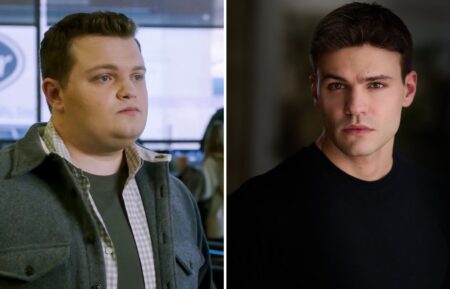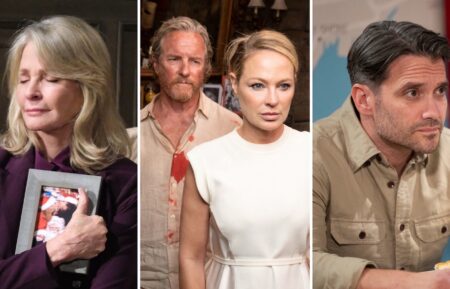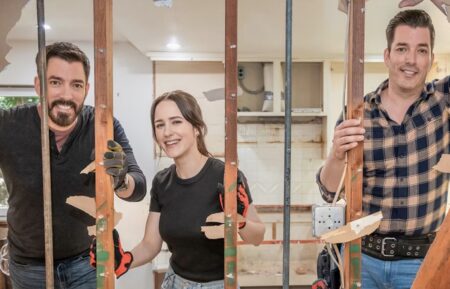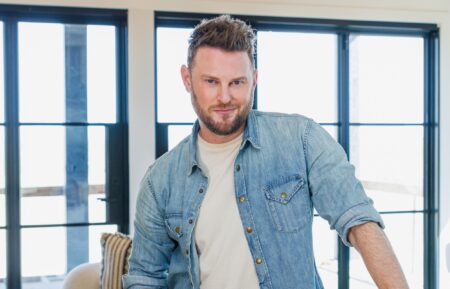Broadcast Sitcoms Sputter, But on Cable, Comedy Is King
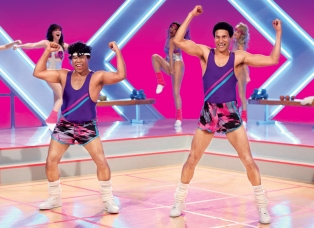
This fall, broadcast networks debuted nine new sitcoms. By December, four had been canceled. Only one, ABC’s black-ish, is a lock for a second season. And sophomore series The Millers, which CBS owned and had retooled with the addition of Sean Hayes to the cast, was yanked in November after the network realized the show’s middling ratings would prevent it from ever entering syndication.
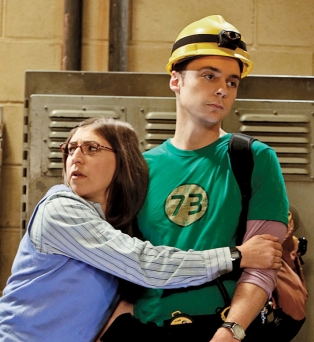
Sure, CBS’s The Big Bang Theory is still a monster hit, and Modern Family remains a top-rated show for ABC, but both series likely have only a few years left. Many of broadcast’s few critically acclaimed sitcoms, such as NBC’s Parks and Recreation and Fox’s Brooklyn Nine-Nine and The Mindy Project, don’t attract huge audiences. Most telling, NBC has eliminated comedy from its Thursday lineup this midseason. What was once Must-See TV (Friends, Seinfeld, Cheers) is now Comedy-Free TV. (The Peacock recently sold off the planned midseason show Unbreakable Kimmy Schmidt–a comedy from Tina Fey about a woman who escapes a cult and moves to New York–to Netflix once executives decided that successfully launching the series would be too daunting.)
Sitcom writer Tim Doyle is worried about the broadcast networks’ seeming inability to mint new hits. “I’ve done a lot of development,” says Doyle, executive producer of ABC’s Last Man Standing, “and never cease to be amazed at the poor choices that are made.”
With the overreliance on traditional sitcoms, he says, “we burned out the public.” (Last Man Standing, it should be noted, is performing well for ABC on Friday nights.) “They know 90 percent of the product presented to them in the fall will go away”–so, he says, viewers don’t bother watching at all.
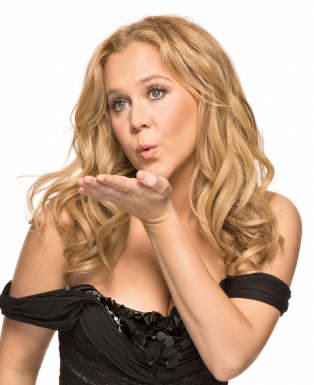
So where are comedy fans going? To cable, streaming services, and websites–where there’s less pressure to attract a broad audience and more willingness to experiment. “Comedy couldn’t be thriving more,” says Kent Alterman, Comedy Central’s programming president. Under his watch, in the past five years the cable network has expanded its slate with Key & Peele, Inside Amy Schumer, Drunk History, Nathan for You, Broad City, Workaholics, Review, and @midnight joining established hits South Park, Tosh.0, and The Daily Show With Jon Stewart.
The buzziest series now come from networks like Adult Swim, which recently created a viral sensation with its late-night-infomercial parody Too Many Cooks. IFC is riding the alternative-comedy wave with shows like Portlandia and Comedy Bang! Bang! And FX, HBO, and Showtime have been shown lots of love from the Emmy and Golden Globe Awards for such idiosyncratic fare as Louie, Girls, and Silicon Valley. Netflix, Amazon, Hulu, and Crackle are all luring top comedic talent for their shows, while websites such as Funny or Die and CollegeHumor attract big names to create one-off videos.
“I think we’re going to look back at this time with a lot of fondness,” says Fred Armisen, whose Portlandia is entering its fifth season. “[It’s like] everything I used to admire about music scenes, like London in 1967. Now there’s this world of comedy. It will be, ‘Remember that time when Amy Schumer was on and so was Louis C.K. and Key and Peele?'”
Could broadcast learn a few things from cable’s thriving comedy scene? “I don’t envy them,” Alterman says of the broadcast networks. “The audience is so fractured, and people can get what they want, where they want it, when they want it. There’s no such thing as a captive audience anymore.”
Alterman acknowledges the paradox broadcasters face: Comedians gravitate toward projects with very specific points of view but that are perhaps narrower in appeal. That scares off networks that need to pull in the masses.
On the flip side, an attempt to appeal to everyone often results in a watered-down show lacking a strong voice that appeals to no one. “The safe bet no longer exists,” says Community star Joel McHale, who’s developing the pilot Comments Section for E! “Instead of going, ‘We’re losing market share; we’ve got to put the broadest, safest thing on the air,’ you have to say, ‘F— it, we’re really going to let the artist, whoever wrote this, do their thing.”
For many stars and show creators, landing that big network hit–and the syndication riches that come with it–is still the holy grail. But others choose the creative freedom available elsewhere. IFC president and general manager Jennifer Caserta points out that cable networks are more flexible with talent (partly because they lack the financial resources to do exclusive deals). That attracts people like Armisen who “feel liberated by the diversity,” Caserta says. “You now see really recognizable faces showing up in platforms of all sizes.”
American Dad! executive producer Matt Weitzman says he’s getting used to having more freedom now that his animated comedy has moved from Fox to TBS. “In the beginning, we were being a little reserved, but as time went on, it got crazier,” he says. “Now we get three harsh profanities an episode!”
Several network comedy executives we approached declined to speak for this story, but on background they offer the usual spin: that comedy is cyclical and that the networks are always one hit away from a revival. But they also are aware that some of the funniest shows on TV are found elsewhere. That’s why broadcast executives do seem to be slowly taking some lessons from cable. Fox recently signed a deal with the Lonely Island–the comedy group featuring Andy Samberg, Akiva Schaffer, and Jorma Taccone–to develop a roster of unconventional pilots outside the network’s comedy department. One of the first projects, The Tyler Zone, will star Community‘s Danny Pudi.
“I’ve been doing this for 25 years and I’ve seen a lot of ups and downs,” Doyle says. “I tend to be optimistic. I don’t think Americans have any less interest in laughing.”


